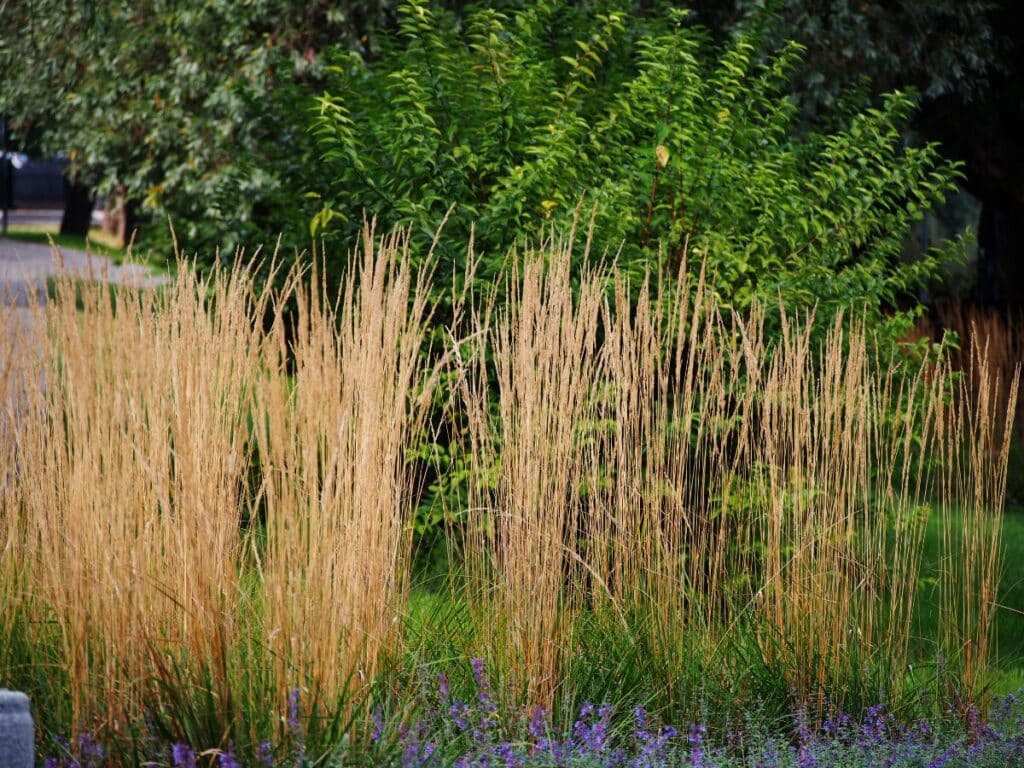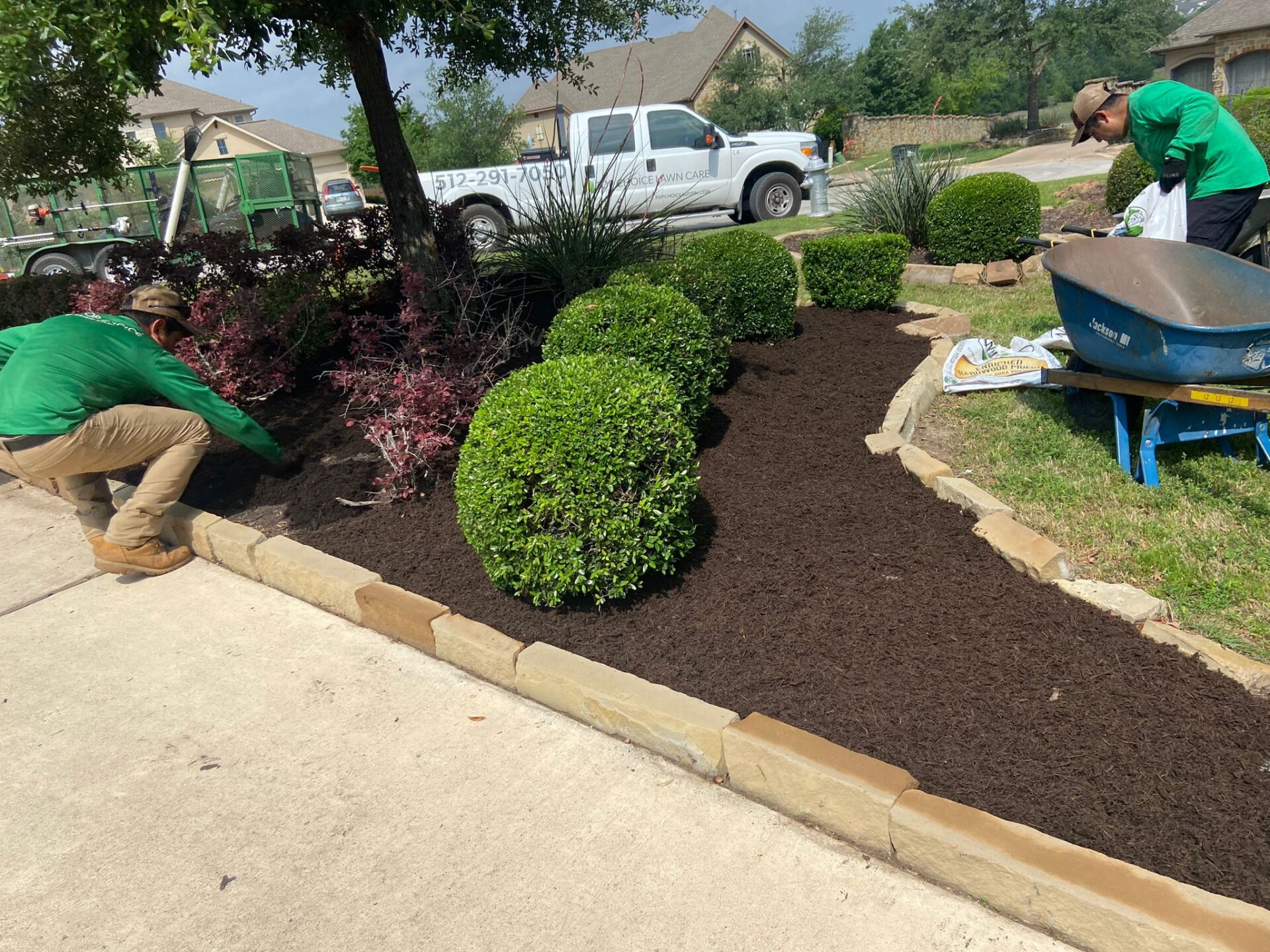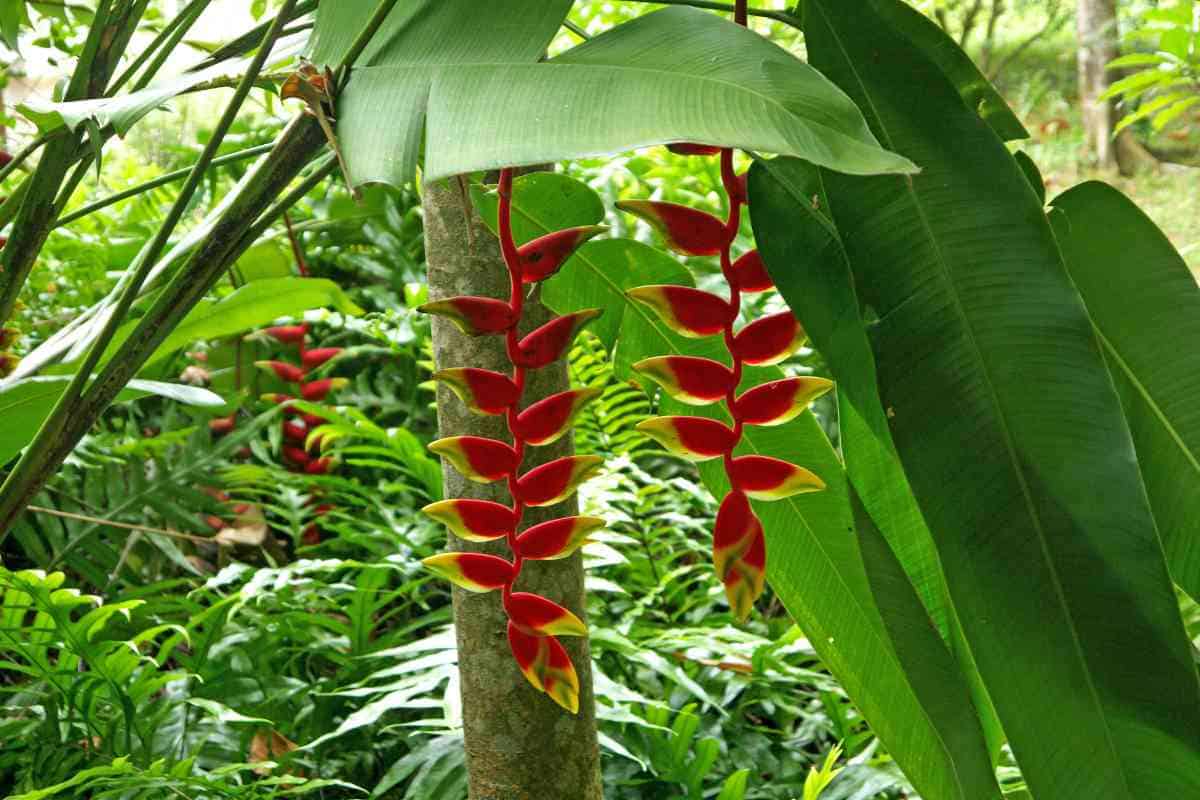
Cultivating a Symphony of Green: A Comprehensive Guide to Growing Native Perennial Grasses
The world is a canvas, and gardens are where we paint our masterpieces. And what better way to compose a vibrant, enduring work of art than by embracing the beauty and resilience of native perennial grasses? These unsung heroes of the plant kingdom offer a wealth of benefits, from enhancing biodiversity and supporting local ecosystems to providing stunning visual interest throughout the seasons. In this comprehensive guide, we’ll delve deep into the art and science of growing native perennial grasses, equipping you with the knowledge and inspiration to transform your landscape into a thriving haven of natural beauty.
Why Choose Native Perennial Grasses?
Before we get our hands dirty, let’s explore the compelling reasons why native perennial grasses deserve a prominent place in your garden. Their advantages extend far beyond mere aesthetics, encompassing ecological, practical, and even economic benefits:
- Ecological Harmony: Native grasses are perfectly adapted to their local environment. They’ve evolved alongside native insects, birds, and other wildlife, providing essential food and shelter. By planting native grasses, you’re actively contributing to the health and resilience of your local ecosystem.
- Low Maintenance Marvels: Unlike their non-native counterparts, native grasses are generally low-maintenance. They require less water, fertilizer, and pest control, freeing up your time and resources. Once established, they can thrive with minimal intervention.
- Erosion Control Experts: The deep, fibrous root systems of native grasses are masterful at holding soil in place, preventing erosion and runoff. This is particularly beneficial on slopes or in areas prone to heavy rainfall.
- Aesthetic Versatility: Native grasses offer a diverse range of textures, colors, and forms, adding visual interest to any landscape. From the delicate plumes of little bluestem to the bold architecture of switchgrass, there’s a native grass to suit every design preference.
- Wildlife Magnetism: Native grasses are a buffet for local wildlife. They provide seeds for birds, cover for small mammals, and host plants for butterflies and other insects. Planting native grasses transforms your garden into a vibrant hub of activity.
- Climate Change Resilience: Many native grasses are incredibly drought-tolerant and well-suited to changing climate conditions. They require less water and can withstand temperature extremes, making them a sustainable choice for the future.
Getting Started: Planning and Preparation
Embarking on your native grass journey requires careful planning and preparation. The success of your garden hinges on selecting the right species, preparing the soil, and understanding the specific needs of your chosen grasses.
1. Site Assessment: Understanding Your Environment
Before you even think about planting, take a good look at your site. Consider the following factors:
- Sunlight: How much sunlight does your garden receive? Most native grasses thrive in full sun (6+ hours of direct sunlight), but some species can tolerate partial shade.
- Soil Type: What kind of soil do you have? Is it sandy, clay, or loamy? Native grasses are adaptable, but knowing your soil type will help you choose the right species and amend the soil appropriately. A soil test can provide valuable insights into your soil’s pH and nutrient levels.
- Moisture Levels: Is your site dry, moist, or wet? Some grasses prefer well-drained soil, while others thrive in wetter conditions.
- Wind Exposure: Is your site exposed to strong winds? Consider this when selecting grasses, as some are more susceptible to wind damage than others.
- Existing Vegetation: What plants are already growing in the area? Are there any invasive species you need to remove?
2. Species Selection: Choosing the Right Grasses for Your Garden
This is where the fun begins! Researching and selecting native grasses is like choosing the perfect cast for your garden’s play. Consider the following factors:
- Your Region: The most crucial factor is selecting grasses native to your specific region. Local nurseries and native plant societies can provide invaluable guidance.
- Desired Height and Texture: Do you want tall, billowing grasses or shorter, more compact varieties? Consider the overall aesthetic you’re trying to achieve.
- Bloom Time and Color: Native grasses offer a range of bloom times and colors. Choose species that will provide interest throughout the growing season.
- Wildlife Benefits: Prioritize grasses that provide food and shelter for local wildlife.
- Maintenance Requirements: Some grasses require more maintenance than others. Consider your available time and resources.
Here are a few popular native grass options, categorized by their general characteristics:
- Tallgrass Prairie Species: These grasses are known for their height and dramatic presence. Examples include:
- Big Bluestem (Andropogon gerardii): A stately grass with blue-green foliage that turns reddish-bronze in the fall. Provides excellent cover for wildlife.
- Switchgrass (Panicum virgatum): A versatile grass that comes in a variety of cultivars, offering different heights, colors, and textures.
- Indian Grass (Sorghastrum nutans): Produces golden seed heads that add a touch of elegance to the landscape.
- Mid-Height Grasses: These grasses offer a more moderate scale, suitable for a variety of garden settings. Examples include:
- Little Bluestem (Schizachyrium scoparium): A charming grass with blue-green foliage that turns reddish-bronze in the fall. Provides excellent habitat for butterflies.
- Side-Oats Grama (Bouteloua curtipendula): Features unique seed heads that hang down like oats. Tolerant of a wide range of soil conditions.
- Short Grasses: These grasses are ideal for borders, rock gardens, and areas where you want a more compact look. Examples include:
- Blue Grama (Bouteloua gracilis): A drought-tolerant grass with attractive seed heads that resemble eyelashes.
- Buffalo Grass (Bouteloua dactyloides): A low-growing grass that forms a dense, lawn-like cover.
3. Soil Preparation: Creating the Perfect Foundation
Native grasses are generally adaptable, but they still appreciate good soil. Proper soil preparation is crucial for their long-term health and success.
- Clear the Site: Remove any existing vegetation, including weeds, rocks, and debris.
- Soil Test: Get a soil test to determine your soil’s pH, nutrient levels, and texture. This will help you identify any deficiencies and make informed decisions about soil amendments.
- Amend the Soil (if needed): Depending on your soil test results, you may need to amend the soil. For example:
- Clay Soils: Add organic matter, such as compost or well-rotted manure, to improve drainage and aeration.
- Sandy Soils: Add organic matter to improve water retention and nutrient levels.
- Acidic Soils: Add lime to raise the pH.
- Loosen the Soil: Till or cultivate the soil to a depth of at least 6-8 inches to improve drainage and root growth.
4. Planting Methods: Seeds, Seedlings, or Divisions?
You have several options for planting native grasses:
- Seeds: Sowing seeds is the most cost-effective method, especially for large areas. However, it requires patience, as germination can take time. Follow the instructions on the seed packet for planting depth and spacing. Consider broadcasting the seeds or using a seed drill.
- Seedlings: Purchasing seedlings from a local nursery is a good option for smaller gardens or if you want a more immediate impact. Plant seedlings at the recommended spacing, ensuring the top of the root ball is level with the soil surface.
- Divisions: Established clumps of grasses can be divided in the spring or fall to create new plants. Dig up the clump, divide it into smaller sections, and replant them at the appropriate spacing.
Caring for Your Native Perennial Grasses
Once your native grasses are established, they require relatively little care. However, a few simple practices will help them thrive and reach their full potential.
1. Watering: Finding the Right Balance
Native grasses are drought-tolerant once established, but they still need water, especially during their first year. Water deeply but infrequently, allowing the soil to dry out between waterings. Avoid overwatering, which can lead to root rot.
- Newly Planted Grasses: Water regularly, especially during dry periods, until the plants are established.
- Established Grasses: Water only during prolonged dry spells.
- Watering Technique: Water at the base of the plants to avoid wetting the foliage, which can promote fungal diseases. Soaker hoses or drip irrigation are ideal.
2. Fertilizing: Less is Often More
Native grasses generally don’t require a lot of fertilizer. In fact, excessive fertilization can lead to lush growth that is more susceptible to disease and less resilient to environmental stresses. If you decide to fertilize, use a slow-release, low-nitrogen fertilizer in the spring. A soil test will help you determine if fertilization is necessary.
3. Weeding: Keeping the Competition at Bay
Weeds can compete with native grasses for resources like water, nutrients, and sunlight. Regularly remove weeds, especially during the first year or two, to give your grasses a head start. Mulching can help suppress weeds and conserve moisture.
4. Mulching: Providing Protection and Benefits
Mulching offers numerous benefits for native grasses, including:
- Weed suppression
- Moisture retention
- Temperature regulation
- Soil enrichment (as the mulch decomposes)
Use organic mulches like wood chips, shredded bark, or straw. Apply a layer of 2-4 inches, keeping the mulch away from the base of the grass clumps.
5. Pruning: Shaping and Maintaining Your Grasses
Pruning native grasses helps maintain their shape, remove dead foliage, and encourage new growth. The timing and method of pruning depend on the species and your aesthetic preferences.
- Cool-Season Grasses: Prune these grasses in late winter or early spring, before new growth emerges. Cut them back to within a few inches of the ground.
- Warm-Season Grasses: Prune these grasses in late winter or early spring, before new growth emerges. Cut them back to within a few inches of the ground.
- Evergreen Grasses: These grasses generally don’t need to be cut back. Simply remove any dead or damaged foliage.
Beyond the Basics: Advanced Tips and Techniques
Once you’ve mastered the fundamentals, you can explore more advanced techniques to enhance your native grass garden:
1. Companion Planting: Creating a Thriving Ecosystem
Consider pairing your native grasses with other native plants that complement their beauty and ecological benefits. Choose plants with similar sunlight, moisture, and soil requirements. Here are some ideas:
- Wildflowers: Interplant your grasses with native wildflowers to create a vibrant and diverse display.
- Shrubs: Incorporate native shrubs to add structure and provide habitat for birds and other wildlife.
- Groundcovers: Use native groundcovers to suppress weeds and add a layer of visual interest.
2. Controlling Pests and Diseases: Maintaining Plant Health
Native grasses are generally resistant to pests and diseases, but problems can occasionally arise. Monitor your plants regularly and take action if you notice any issues.
- Pests: Common pests include aphids, spider mites, and grasshoppers. Control them with insecticidal soap or neem oil.
- Diseases: Fungal diseases, such as rust and leaf spot, can sometimes affect grasses. Improve air circulation, avoid overwatering, and remove infected foliage.
3. Propagation: Expanding Your Garden
Once you have established plants, you can propagate them to expand your garden or share them with friends. Methods include:
- Seed Collection: Collect seeds from your grasses in the fall and store them for planting the following spring.
- Division: Divide clumps of grasses in the spring or fall to create new plants.
4. Designing with Native Grasses: Bringing Your Vision to Life
Native grasses offer endless possibilities for landscape design. Consider the following tips:
- Texture and Form: Use grasses to add texture and form to your garden. Combine tall, upright grasses with shorter, more compact varieties.
- Color and Bloom Time: Choose grasses with different bloom times and colors to provide interest throughout the growing season.
- Seasonal Interest: Consider the seasonal changes of your grasses. Some grasses provide stunning fall color, while others offer winter interest.
- Wildlife Habitat: Design your garden to provide habitat for local wildlife. Plant grasses that provide food and shelter for birds, insects, and small mammals.
Troubleshooting Common Problems
Even with the best intentions, problems can sometimes arise when growing native perennial grasses. Here are some common issues and how to address them:
- Poor Germination: If seeds fail to germinate, check the following:
- Seed Quality: Ensure the seeds are fresh and viable.
- Planting Depth: Plant seeds at the correct depth.
- Moisture: Keep the soil consistently moist during germination.
- Temperature: Ensure the soil temperature is suitable for germination.
- Slow Growth: If your grasses are growing slowly, consider the following:
- Soil Fertility: Ensure the soil is fertile enough. A soil test can help you identify any nutrient deficiencies.
- Sunlight: Make sure the grasses are getting enough sunlight.
- Watering: Water the grasses regularly, especially during dry periods.
- Disease Problems: If your grasses are affected by disease, consider the following:
- Air Circulation: Improve air circulation by spacing plants properly.
- Watering: Avoid overwatering, which can promote fungal diseases.
- Fungicides: Use a fungicide if necessary, following the manufacturer’s instructions.
- Pest Infestations: If your grasses are infested with pests, consider the following:
- Identification: Identify the pest and its feeding habits.
- Control Methods: Use insecticidal soap, neem oil, or other appropriate control methods.
Embracing the Beauty and Benefits: The Ongoing Journey
Growing native perennial grasses is a rewarding journey. It’s a chance to connect with nature, support local ecosystems, and create a landscape that is both beautiful and sustainable. By following the guidance in this comprehensive guide, you’ll be well on your way to cultivating a thriving symphony of green in your own backyard. Remember, the beauty of native grasses lies not only in their visual appeal but also in their resilience and ability to thrive with minimal intervention. Embrace the low-maintenance nature of these grasses, and enjoy the beauty they bring to your garden year after year.
As you tend your native grass garden, you’ll witness the dance of seasons, the vibrant colors, and the constant hum of life. You’ll be supporting local wildlife, conserving water, and contributing to a healthier planet. The journey of growing native perennial grasses is an ongoing one, filled with learning, discovery, and the simple joy of connecting with the natural world. So, get out there, get your hands dirty, and start creating your own symphony of green. Your garden, and the environment, will thank you for it.


